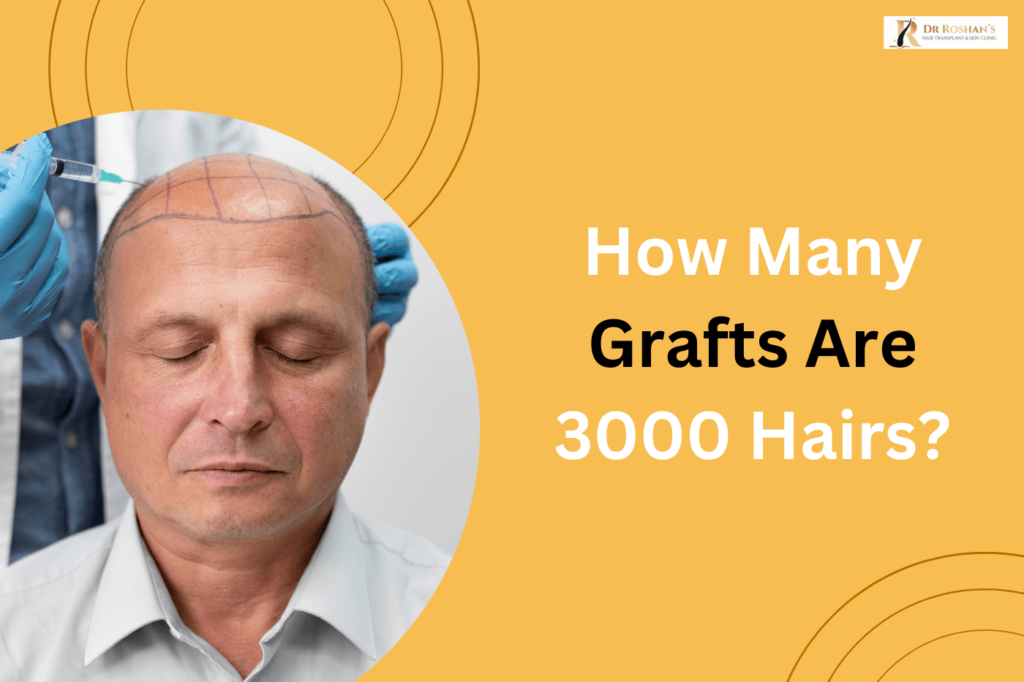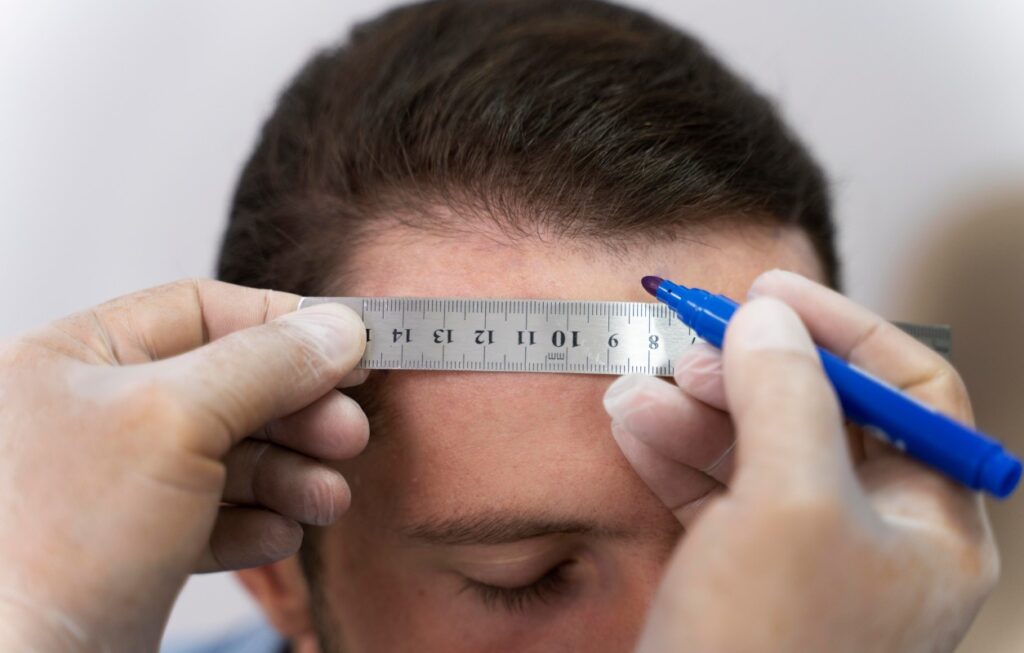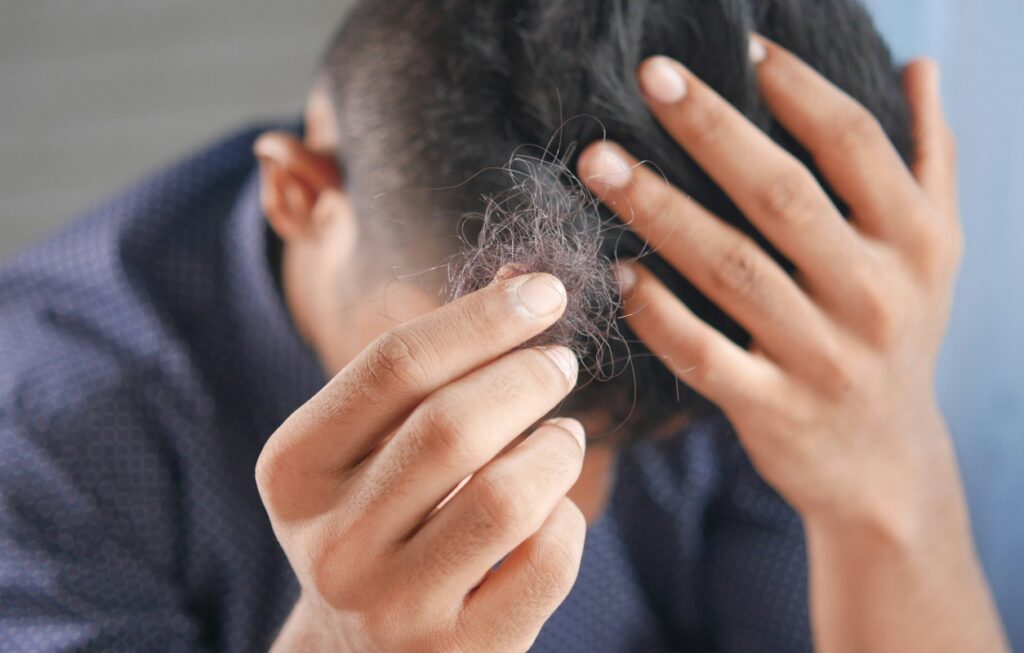How many grafts are 3000 hairs?
Hair transplants do not just bring back hair—they restore self-esteem. If you might need a transplant, data literacy is key. One of the most common questions patients ask is, How many grafts do I need for 3000 hairs? The answer depends on a number of different things. Let’s get into it, step by step.
Hair Grafts vs. Hair Follicles: What Do You Need to Know?
A hair graft is a small unit of scalp with one or more hair follicles. Hairs grow separately from their own follicle. In a hair transplant, surgeons transfer these grafts from a donor site, usually the back or sides of the head, to thinning or bald areas.
One graft does not always equal one hair. Depending on genetics and scalp health, the number of hairs per graft varies. Some grafts are one hair, others two, three, or even four hairs. The number of hairs per graft is important because it decides how many grafts are needed for a successful transplant.
How Many Grafts for 3000 Hair?
There is a simple mathematical way to estimate the number of grafts needed:
- The average hair count per graft is between 1.8 and 2.5 hairs.
- Using the midpoint estimate of 2 hairs per graft, we can take 3000 hairs and divide in 2 This converts to around 1500 grafts.
This means if every graft has 3 hairs, we need only 1000 grafts.
On the other hand, if every graft has only one hair, a complete 3000 grafts will be required.
These are approximate figures. An accurate calculation can only be obtained from a hair restoration specialist, taking into account an individual’s hair type, density, and availability of donor area.
And how many grafts in a hair transplant?
Grafts are essential to learn in hair transplant planning. The number of grafts used varies depending on the following:
- Desired hair density: It takes more grafts for denser hair.
- Extent of hair loss: Larger bald patches will need more grafts.
- The quality of your donor hair: If your donor hair is thicker and healthier, you may need fewer grafts.
- Hair type and density: the thicker the hair, the more coverage you get with fewer grafts.
In an ideal hair transplant, these unique factors are accessing a master surgeon to define the right number of grafts required for a process with natural aesthetics.
More Grafts = Better Coverage?
Not necessarily. Hair density and strategic placement are what matter more than the total graft count. Patients with naturally thick hair need fewer grafts to produce a full appearance. Fine hair may need more grafts to provide the same visual effect.
The surgeon’s technique is another crucial factor. Placement, angling, and spacing of grafts lay the groundwork for how natural the final product looks.
Dr. Roshan’s on Hair Restoration
We focus on accuracy and excellence at Dr. Roshan’s Hair Restoration Clinic, the best hair transplant in Bangalore. The grafts needed are calculated for every patient after an extensive analysis. Also, we employ advanced methods of follicular unit extraction (FUE) and follicular unit transplantation (FUT) to make sure that the result of every patient comes out to be natural and effective.
What Happens During a Hair Transplant
Hair transplantation consists of different processes:
- Consultation: A thorough assessment of your hair loss pattern and a customized plan.
- Donor Area: So, hair follicles are extracted from the donor area.
- Preparation & Implantation: The grafts that were extracted, prepared, and then implanted into the thinning or bald areas.
- Recovery & Growth: Healing starts in days, but it takes months for hair growth to be on display.
Grafts Required Based on Hair Loss
The number of grafts required depends on the extent of balding.
- Mild hair loss: 800–1500 grafts
- Medium: 1500–3000 grafts Moderate hair loss:
- Severe hair loss: 3000–5000+ grafts
The needs of each patient are unique. Working closely with Dr. Roshan’s team allows you to obtain an accurate graft estimate and create an individualized treatment plan.
Key Points to Have a Successful Hair Transplant
Three factors are critical to a successful transplant:
- Surgeon’s Expertise: The final outcomes are impacting the skill and experience of the surgeon.
- Right graft placement: ensuring realistic density and hairline design.
- Post-surgery care: The procedures are carried out after the surgery for perfect healing and growth.
Dr. Roshan’s hair restoration treatment clinic takes all of the above into account to deliver the natural, long-lasting results at the best hair transplant cost in Bangalore.
Your Path to a Fuller Head of Hair Begins Here
Graft counts have to be quite precise for any hair transplant, or else clients may be disappointed. At Dr. Roshan’s Clinic, we provide personalized consultations and expert treatments tailored to your unique hair restoration needs.



